Photo Gallery for Zale galbanata - Maple Zale | 64 photos are available. Only the most recent 30 are shown.
|
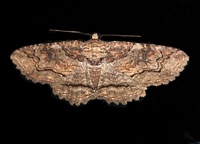 | Recorded by: Jim Petranka on 2024-04-15
Madison Co.
Comment: |  | Recorded by: David George, Jeff Niznik on 2024-03-16
Orange Co.
Comment: |
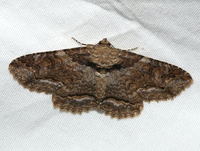 | Recorded by: David George, Becky Watkins on 2024-03-14
Durham Co.
Comment: | 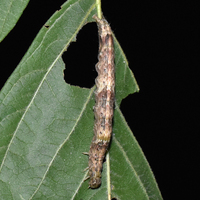 | Recorded by: David George, Jeff Niznik on 2023-09-04
Orange Co.
Comment: Feeding on Boxelder. |
 | Recorded by: Simpson Eason on 2023-08-20
Durham Co.
Comment: | 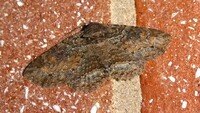 | Recorded by: Simpson Eason on 2023-07-27
Durham Co.
Comment: |
 | Recorded by: David George, Jeff Niznik on 2023-07-24
Orange Co.
Comment: | 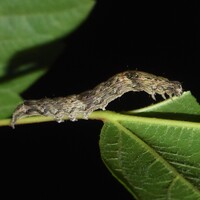 | Recorded by: David George, Jeff Niznik on 2023-07-24
Orange Co.
Comment: Was feeding on Boxelder. |
 | Recorded by: David George, Jeff Niznik on 2023-07-24
Orange Co.
Comment: Was feeding on Boxelder. |  | Recorded by: David George, Jeff Niznik on 2023-04-29
Orange Co.
Comment: |
 | Recorded by: Jeff Niznik on 2023-04-05
Durham Co.
Comment: |  | Recorded by: John Petranka on 2023-04-04
Orange Co.
Comment: |
 | Recorded by: Jim Petranka on 2023-03-23
Madison Co.
Comment: | 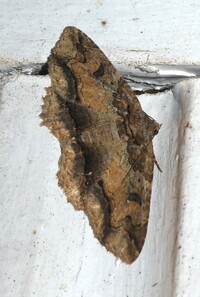 | Recorded by: Simpson Eason on 2022-08-20
Durham Co.
Comment: |
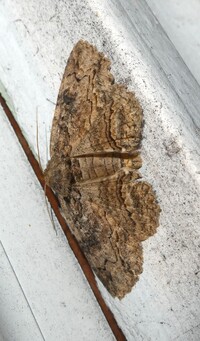 | Recorded by: Simpson Eason on 2022-07-23
Durham Co.
Comment: | 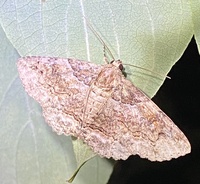 | Recorded by: David George on 2022-07-02
Chatham Co.
Comment: |
 | Recorded by: Jim Petranka on 2022-05-15
Madison Co.
Comment: |  | Recorded by: Simpson Eason on 2021-08-09
Durham Co.
Comment: |
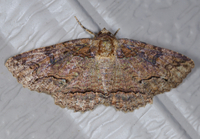 | Recorded by: Jim Petranka on 2021-08-06
Madison Co.
Comment: | 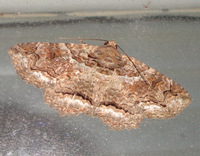 | Recorded by: Michael P. Morales on 2021-07-30
Cumberland Co.
Comment: |
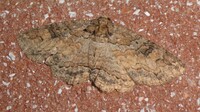 | Recorded by: Simpson Eason on 2021-06-21
Durham Co.
Comment: | 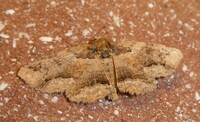 | Recorded by: Simpson Eason on 2021-06-09
Durham Co.
Comment: |
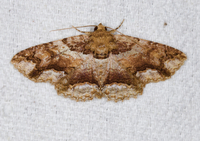 | Recorded by: Jim Petranka on 2021-05-16
Madison Co.
Comment: |  | Recorded by: Jim Petranka on 2021-05-03
Madison Co.
Comment: |
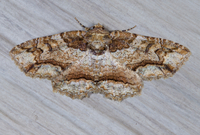 | Recorded by: Jim Petranka on 2021-04-26
Madison Co.
Comment: | 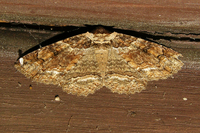 | Recorded by: Owen McConnell on 2021-04-26
Orange Co.
Comment: |
 | Recorded by: Jim Petranka on 2021-04-14
Madison Co.
Comment: | 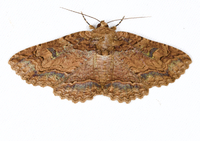 | Recorded by: Jim Petranka on 2021-04-11
Madison Co.
Comment: |
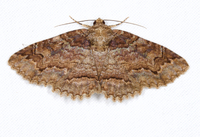 | Recorded by: Jim Petranka on 2021-04-06
Madison Co.
Comment: | 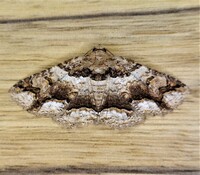 | Recorded by: Gary Maness on 2021-04-05
Guilford Co.
Comment: |
|